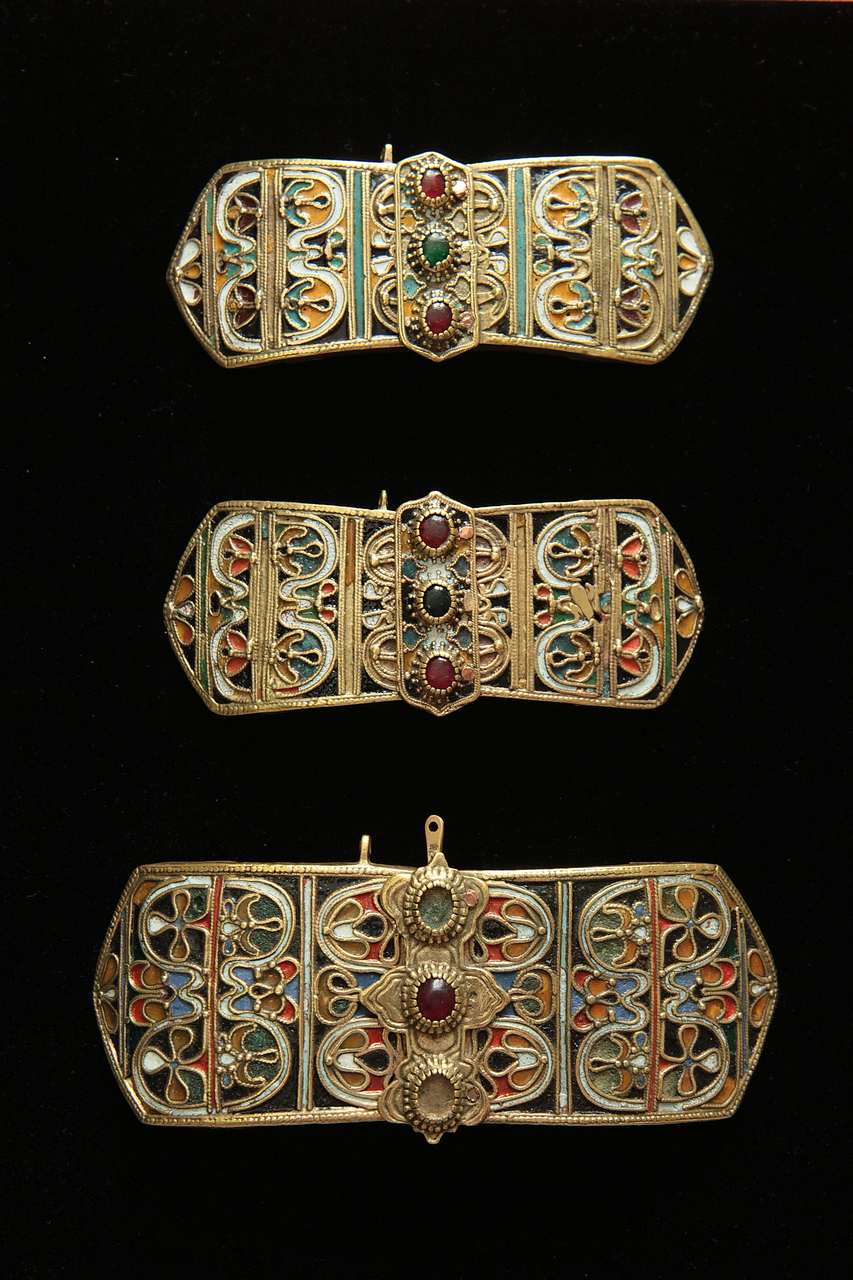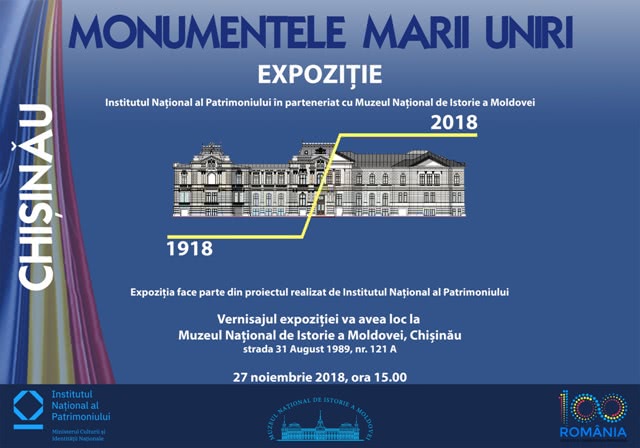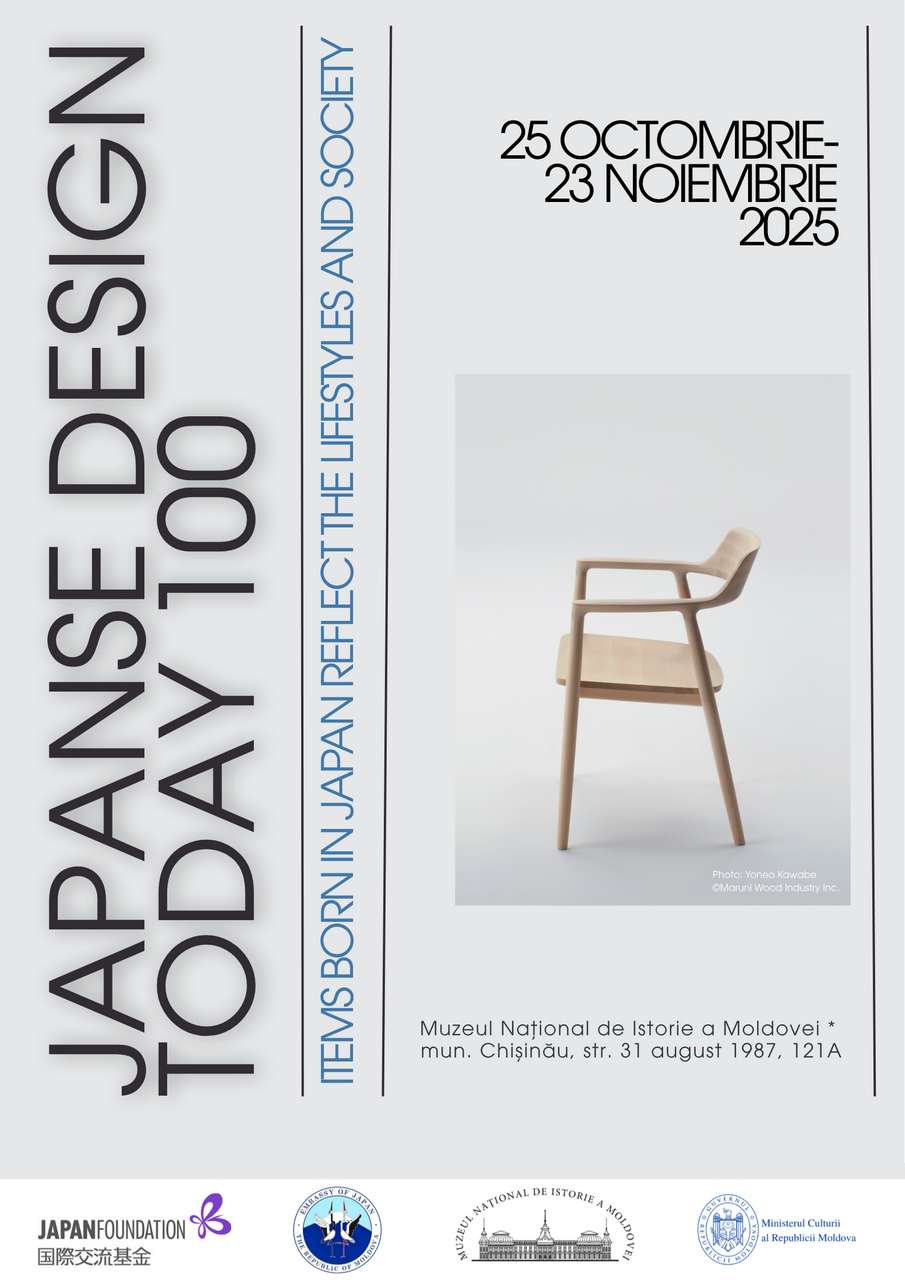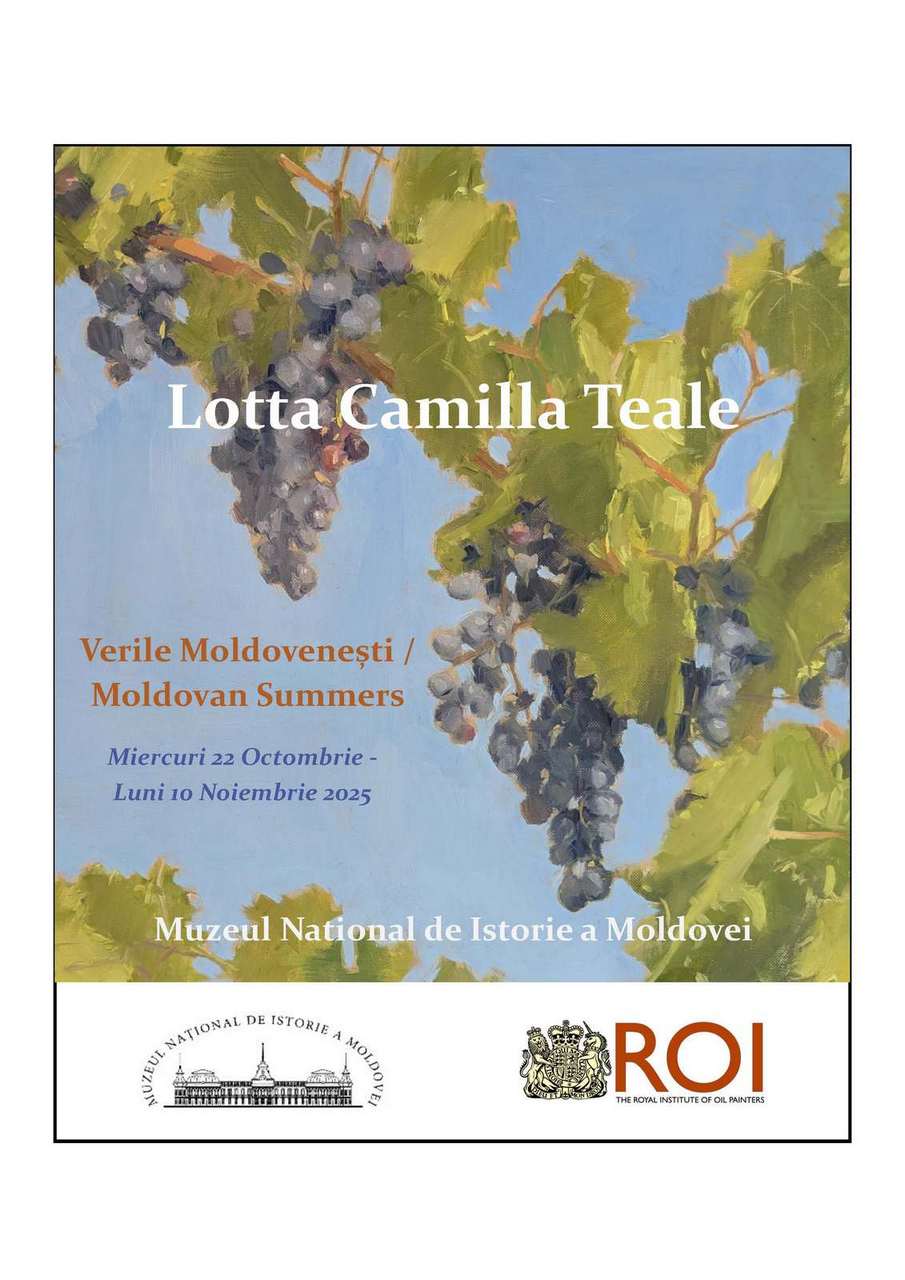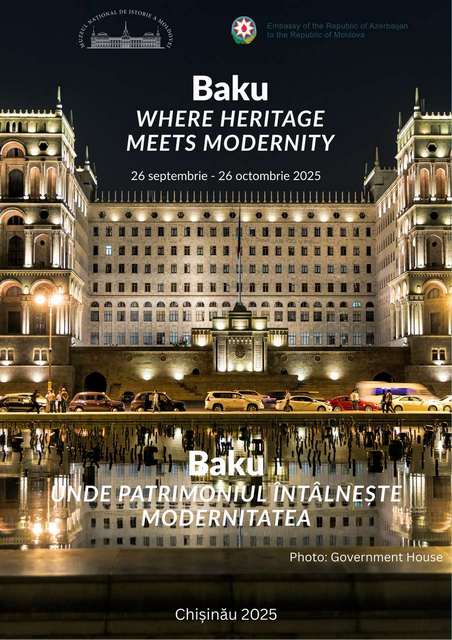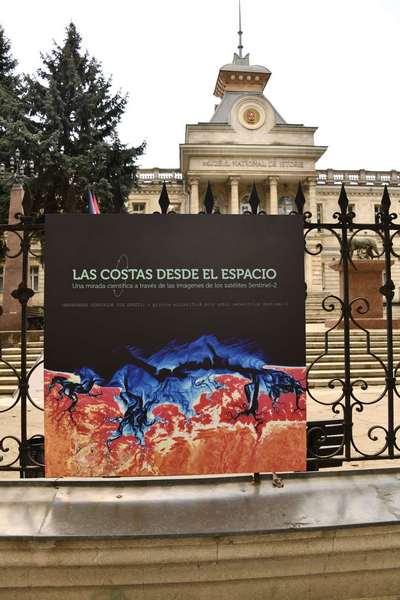The photodocumentary exhibition „Monuments of the Great Union"National was opened in the upper lobby by the National Museum of History of Moldova in partnership with the National Institute of Heritage in Bucharest. The exhibition aims to promote the monuments relevant to the Great Union, silent witnesses of events and actions that prepared the act of December 1, 1918.
The project is to highlight the role of the major capitals - Alba Iulia, Arad, Bucharest, Iaşi, Chişinău, and the historical and political personalities participants in the national movement and the achievement of the Great Union.
Alba Iulia represents the place where the Great Union was made. Later, in Bucharest, the capital of the old kingdom, the Union Act of 1918 was confirmed. Iuliu Maniu, Iuliu Hossu, Miron Cristea, Gheorghe Pop de Băsești, Alexandru Vaida Voievod, Iosif Jumanca, Aurel Lazăr, Elena Pop are one of the key personalities in the organization of the Great National Assembly in Alba Iulia, as well as other events that have prepared the Union. Along with these, it is also important the participation of local personalities from Alba Iulia, such as the lawyers Zaharia Muntean, Camil Velican, Rubin Patiția and photographer Samoila Mârza.
Arad was the center where the plebiscite was thought and prepared. Personalities such as Vasile Goldiş, Ştefan Cicio-Pop and Ioan Suciu were at the head of the Central Romanian National Council, which set the date and place of the Great Assembly. The national movement of the Transylvanian Romanians from Arad attracted the attention of both Romanian and Hungarian and German media. This brought about the move of the political nucleus to Arad, where, in 1908, the Romanian National Party moved its headquarters.
In Bucharest, on May 7, 1918, was signed the Treaty of Peace by which Romania gave up the Romanian territories in Austro-Hungary, while the territory of Bucovina was to be enlarged with some the parts of Hotin, Herţa, Dorohoi and Dorna. On the day when the Great Assembly took place in Alba Iulia and was proclaimed the Union of Transylvania with Romania (18 November / 1 December), King Ferdinand and Queen Maria arrived in the liberated capital. Thus, the previous treaty was invalidated by the defeat of the Central Powers by the Entente.
Iași, the „capital of war", was the capital of Romania at the beginning of the First World War, when the royal family and the government left Bucharest, increasingly threatened by a military occupation. For two years, the Royal House, the Government, the Senate and the Parliament of Romania have been working in Iași. During this time under the leadership of the Prime Minister Ion I. C. Brătianu, reforming laws were adopted which laid the foundations for the formation of the Romanian unitary national state.
Chișinău, the heart of Bessarabia, was the place where the meetings of Sfatul Țării took place on March 27, 1918, when 86 deputies voted for the Union Act, in which was written that: "The Moldovan Democratic Republic (Bessarabia), within its boundaries Prut, Nistru, the Black Sea and the old borders with Austria, ripped off by Russia a hundred and more years ago from the body of old Moldavia, based on the power of historical law and nation law, based on the principle that the peoples alone should decide their fate, today and forever unites with its mother, Romania. Long live the Union of Bessarabia with Romania forever and ever!" On behalf of Sfatul Țării, the Declaration of the Union was signed by Ion Inculeț, President, Pan Halippa, Vice-President, and Ion Buzdugan, Secretary of Sfatul Țării.
At the exhibition opening on November 27 participated: Andrei Chistol, State Secretary at the Ministry of Education, Culture and Research of the Republic of Moldova; Dana Mihai, Program Director, National Institute of Heritage in Bucharest; Alexandru Mureşanu, Deputy Ambassador of Romania to the Republic of Moldova; Ion Negrei, historian; Elena Postică, deputy director of the National Museum of History of Moldova.




